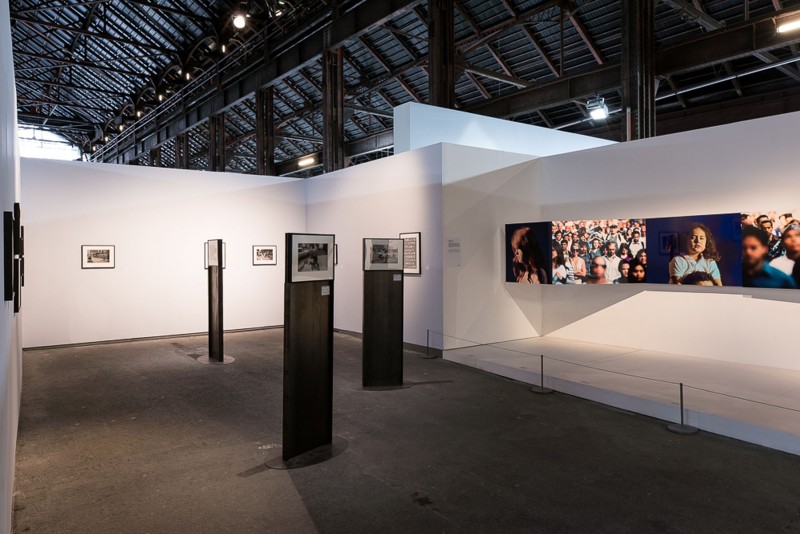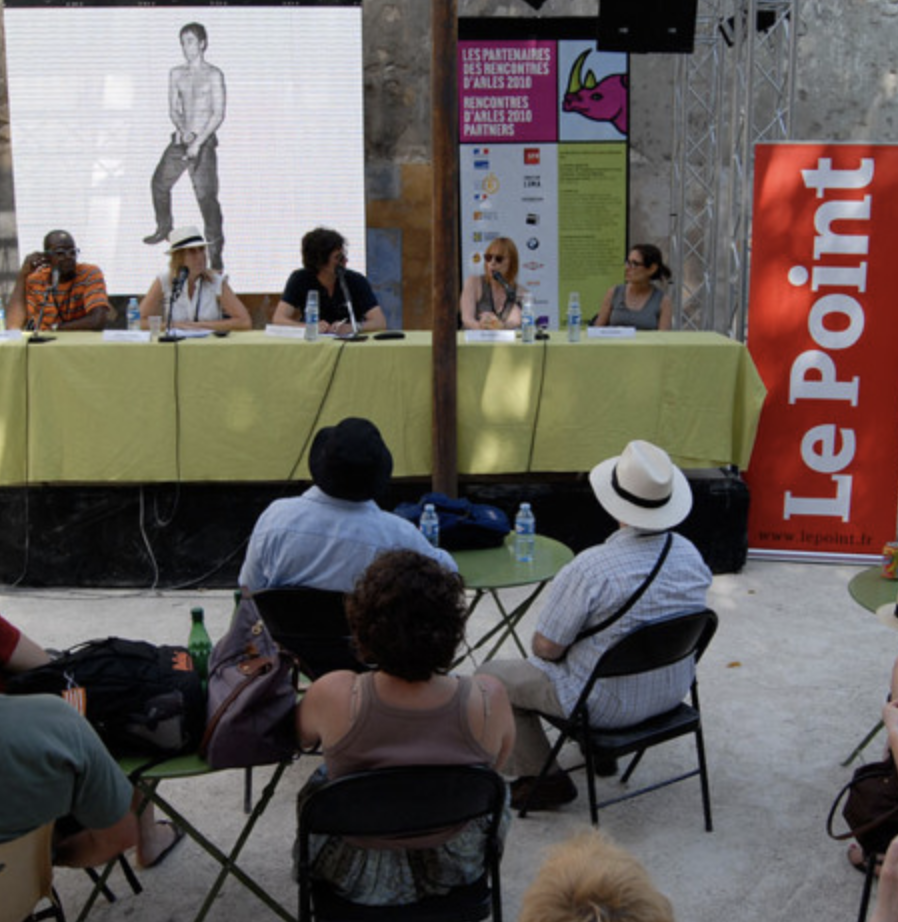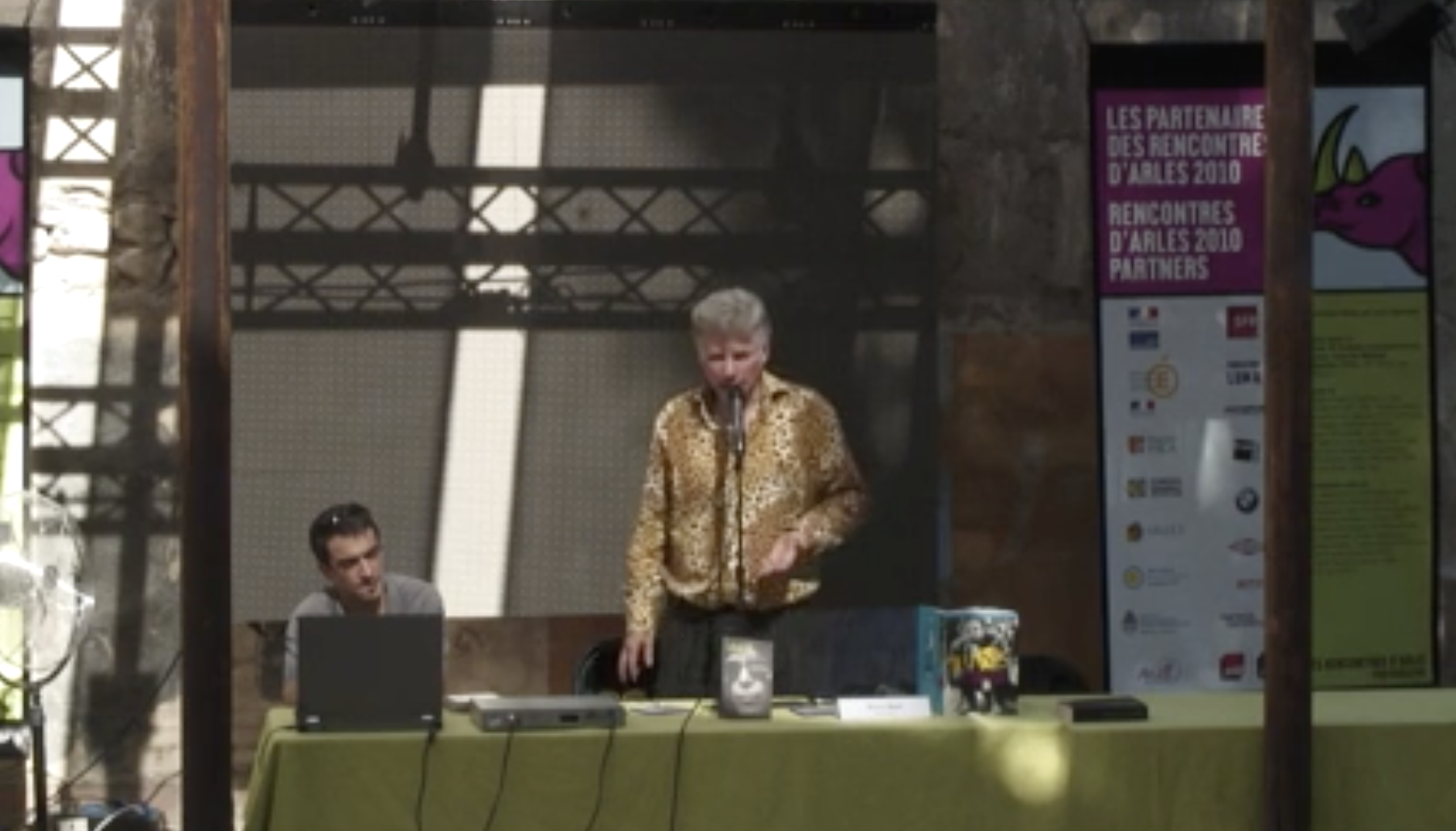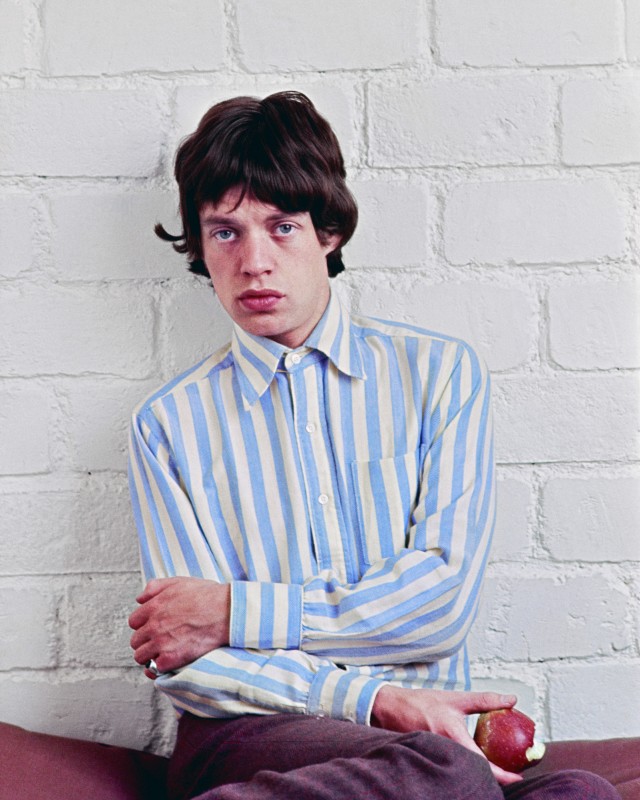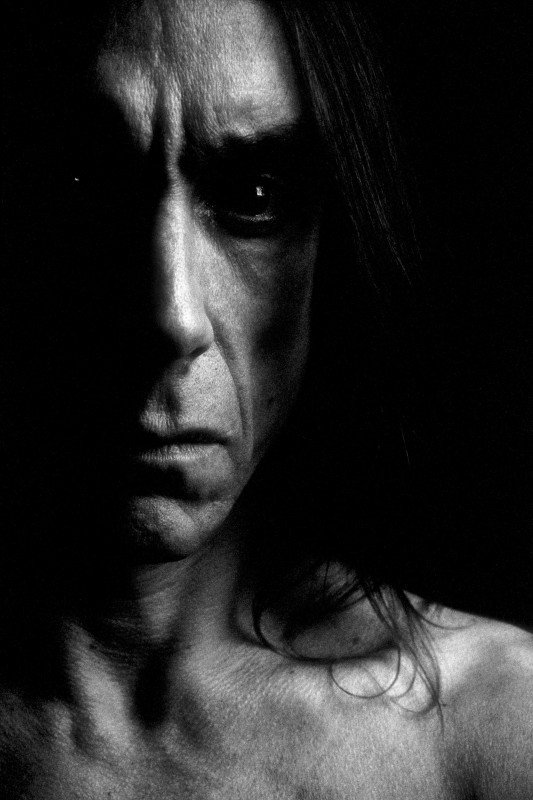Edition 2010
I am a cliché, echoes of the punk aesthetic
Borrowing its title from the song by punk band X-Ray Spex, the exhibition I am a Cliché looks at the status of the image and its metamorphoses within the punk aesthetic. From Andy Warhol’s silent Screen Tests to Mapplethorpe’s iconic portraits of Patti Smith; from Jamie Reid’s and Linder’s subversive photocollages to the lacerated reinventions of Meredyth Sparks; from the distorted stage bodies of Dennis Morris, Bruce Conner and Sue Rynski to David Lamelas’s appropriation of the poses of dethroned rock stars; from Peter Hujar’s bleak cityscapes to Rhona Bitner’s wrecked concert halls. Here the image comes across as stage and sound board for the Blank Generation of the Richard Hell anthem. Punk might be the ‘Great Rock and Roll Swindle’ described by Malcolm McLaren, but it was also a movement whose fundamentals, postulates and iconography defined an aesthetic. The biographer of punk, Jon Savage, describes it as ‘marginal, international, dark, tribal, alienated, foreign, full of black humour’. This aesthetics of insurrectional violence is now espoused all the more vigorously as it addresses the contemporary emphasis on the quest for the extreme and its staging. At a time when rock seems to have been hijacked and watered down, the energy of punk, with its mix of humour and subversion, is being reactivated by many artists. What these works transmit is the creative energy of a musical and artistic movement whose façade of nihilism has long masked its aesthetic validity and heritage. Mike Kelley, one of the founders of the punk band Destroy All Monsters, confirms: ‘The Sex Pistols were a mechanism of attraction and repulsion endowed with “infernal” power enabling them to take action, albeit it to surrender – to something bigger than yourself—thus making possible a kind of transcendence.’ Echoing punk aesthetics—‘those old voices [that] sound as touching and as scary as they ever did—partly because there is an irreducible quality in their demands, and partly because they are suspended in time’—these artists, from Christian Marclay to Wolfgang Tillmans, Dan Graham to Céleste Boursier-Mougenot, become part of the secret history retraced by Greil Marcus in Lipstick Traces, a book that links the Sex Pistols to Guy Debord and Dada. And right now they’re adding a new chapter.
Emma Lavigne, exhibition curator
Exhibition organised in collaboration with Thierry Planelle, sounddesigner and producer of the soundtrack.
Borrowing its title from the song by punk band X-Ray Spex, the exhibition I am a Cliché looks at the status of the image and its metamorphoses within the punk aesthetic. From Andy Warhol’s silent Screen Tests to Mapplethorpe’s iconic portraits of Patti Smith; from Jamie Reid’s and Linder’s subversive photocollages to the lacerated reinventions of Meredyth Sparks; from the distorted stage bodies of Dennis Morris, Bruce Conner and Sue Rynski to David Lamelas’s appropriation of the poses of dethroned rock stars; from Peter Hujar’s bleak cityscapes to Rhona Bitner’s wrecked concert halls. Here the image comes across as stage and sound board for the Blank Generation of the Richard Hell anthem. Punk might be the ‘Great Rock and Roll Swindle’ described by Malcolm McLaren, but it was also a movement whose fundamentals, postulates and iconography defined an aesthetic. The biographer of punk, Jon Savage, describes it as ‘marginal, international, dark, tribal, alienated, foreign, full of black humour’. This aesthetics of insurrectional violence is now espoused all the more vigorously as it addresses the contemporary emphasis on the quest for the extreme and its staging. At a time when rock seems to have been hijacked and watered down, the energy of punk, with its mix of humour and subversion, is being reactivated by many artists. What these works transmit is the creative energy of a musical and artistic movement whose façade of nihilism has long masked its aesthetic validity and heritage. Mike Kelley, one of the founders of the punk band Destroy All Monsters, confirms: ‘The Sex Pistols were a mechanism of attraction and repulsion endowed with “infernal” power enabling them to take action, albeit it to surrender – to something bigger than yourself—thus making possible a kind of transcendence.’ Echoing punk aesthetics—‘those old voices [that] sound as touching and as scary as they ever did—partly because there is an irreducible quality in their demands, and partly because they are suspended in time’—these artists, from Christian Marclay to Wolfgang Tillmans, Dan Graham to Céleste Boursier-Mougenot, become part of the secret history retraced by Greil Marcus in Lipstick Traces, a book that links the Sex Pistols to Guy Debord and Dada. And right now they’re adding a new chapter.Emma Lavigne, exhibition curator
Exhibition organised in collaboration with Thierry Planelle, sounddesigner and producer of the soundtrack.
Exhibition venue: Grande Halle, Parc des Ateliers.



